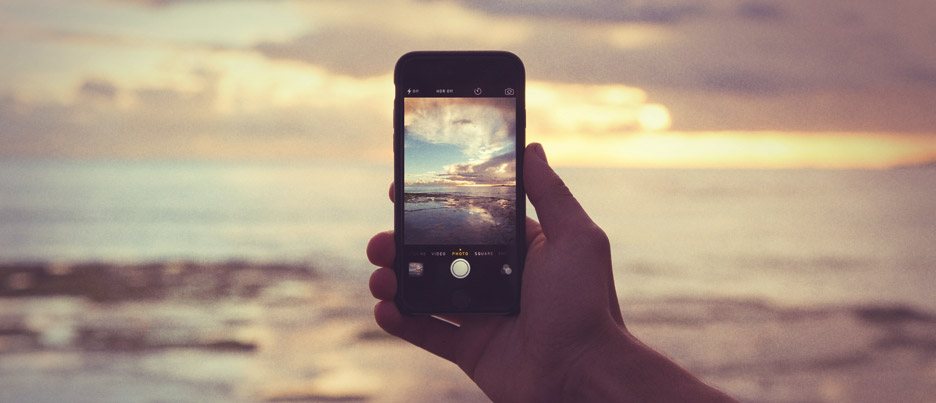Wanderlust or Bust: How Millennials Are Reshaping Travel

It seems that every time I go online I see endless pictures of 20-somethings posing on Machu Picchu, Facebook check-ins to New Orleans’ Café du Monde and Pinterest boards filled with maps, travel tips and the word “Wanderlust” overlaid an obscure landscape image. There’s no doubt about it, millennials have been bitten by the travel bug. In fact, of the four generational categories, millennials spent the second-most on vacations in the last year. But the question becomes, how do you get them lusting over your destination?
Experience is Key
If there’s one thing you need to understand about millennials, it’s that they have an inherent need for authenticity. They crave uniqueness and appreciate quality in all aspects of life with travel being no exception. This group is not likely to take your run-of-the-mill seven-day cruise to the Bahamas. When they travel, they’re looking to learn, see, do, eat, and experience all that a destination has to offer.
As a destination, you should play up your strengths. Maybe your location doesn’t have Instagram-worthy sunsets, but it’s bound to have something unique that’ll catch the millennial’s eye. Small towns are full of quirks, homemade goods, and spaces to get away while more active cities have easy transportation, food options and nightlife. Find what’s unique to your destination and make it something worth discovering.
Reach the Tech-Savvy Travelers
Having been raised with computers readily available, it’s no surprise that these digital natives look to the internet for travel information. According to Expedia’s Future of Travel Study, 49% of millennials plan and book trips on their smartphones, 40% are likely to share a travel experience on social media, and 34% are likely to leave a review online. In a survey from Topdeck Travel, only 10% of millennial travelers said they didn’t update social media at all while traveling, but many will post once they’ve returned from their trips, choosing instead to engage in the moment. It’s old school word-of-mouth advertising in the digital age.
Your destination should make the online and experiences a priority. And once travelers arrive, it’s important to have WiFi readily available and communicate with them in real-time on social media. Also, having tech-related conveniences like Uber, Lyft, and Hotels.com mobile apps are a bonus for this audience.
Read Up on Your Reviews
Speaking of being tech savvy, millennials do a lot of research when it comes to travel. Typically planning takes place 3-4 months prior to the trip, but there are a growing number of spontaneous travelers. Many travelers look online for recommendations but they value reviews from family and friends first and foremost. They also value the recommendation of locals in order to get the true feel of a place.
Nothing can top word-of-mouth advertising, but it’s helpful if the businesses in your area have a Yelp profile and maintain communication on social media to build relationships. Promote local residents with blog posts or by sharing their social media posts.
Tailor to the Selective Spenders
Having been young adults during the latest recession, millennials are careful with their spending, but they’re by no means cheap. They put their dollars where they feel the value lies. They’re willing to sacrifice comfort for cheaper travel and accommodations, using value airlines, AirBnb.com or even CouchSurfing.com, or eating small, affordable meals for the majority of a trip and splurging on a meal at restaurant that was recommended to them.
This kind of mix-and-match spending behavior separates them from the packaged vacation deals their parents might be drawn to. Package deals make them feel trapped into spending a certain amount on something they don’t necessarily value. Give travelers the opportunity to customize their trip with a variety of lodging, dining and transportation options.
Make Business Trips Better
Always seeking an experience, millennials are often trying to get something more than a conference out of their business trip. If possible they will turn a business trip into a “bleisure” trip (as the travel industry calls it) by squeezing in a day at a ski hill or extending their trip to explore the destination.
If your destination hosts a lot of business conferences, provide additional information on day activities and consider offering a discounted room rate if they extend their stay by one day.
With some of these tips in hand, hopefully a few more pictures of your destination pop up in the newsfeeds of those globetrotting millennials (in between those Machu Picchu photos, of course).

